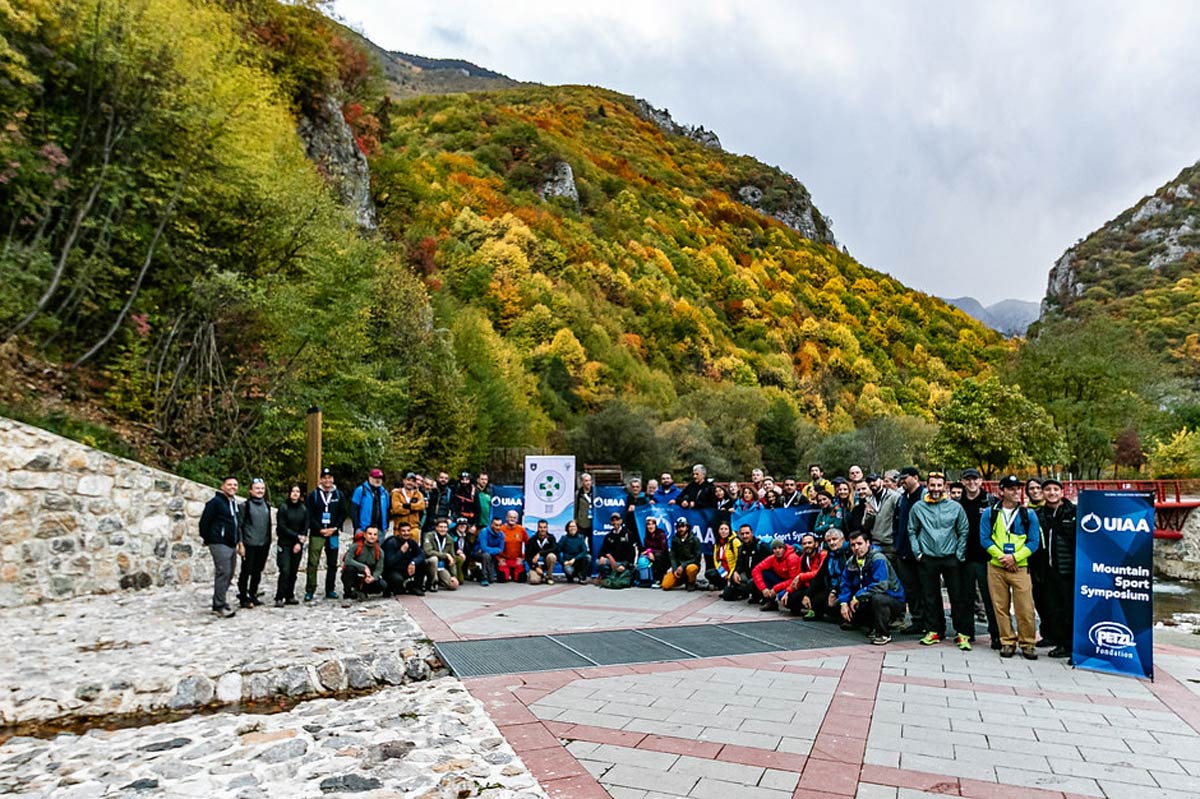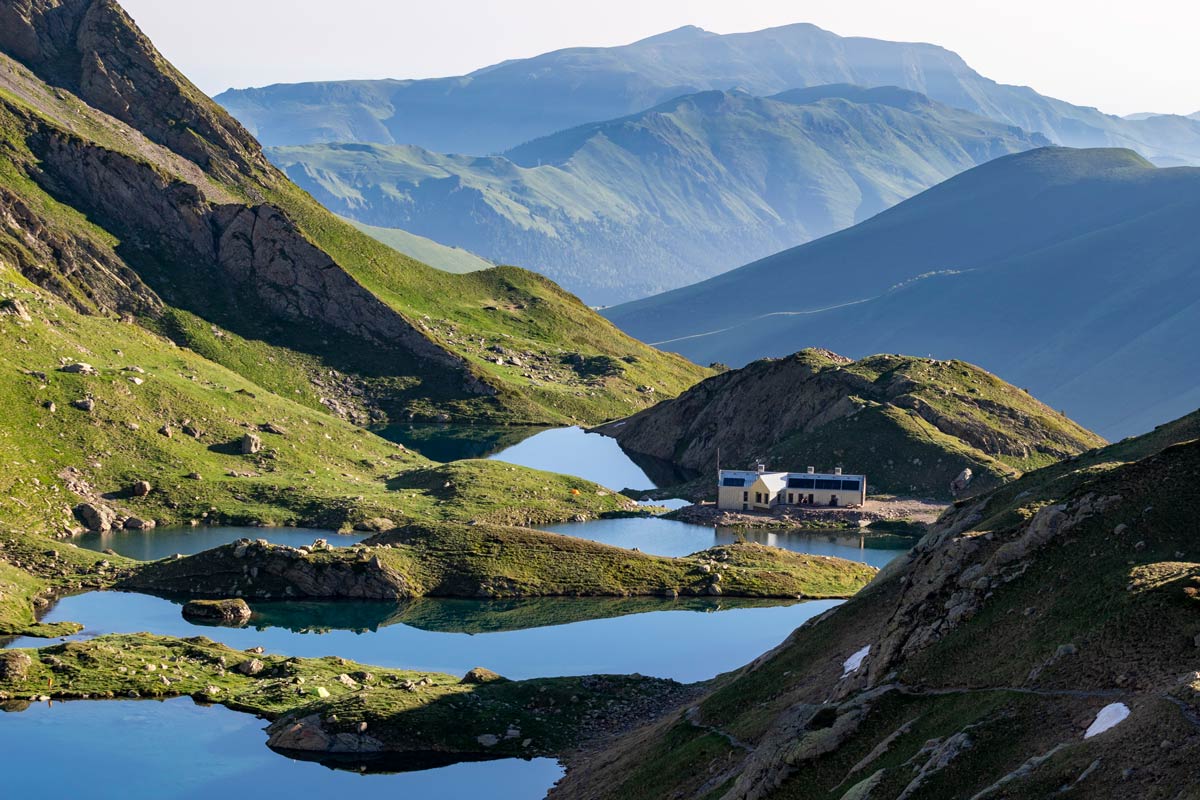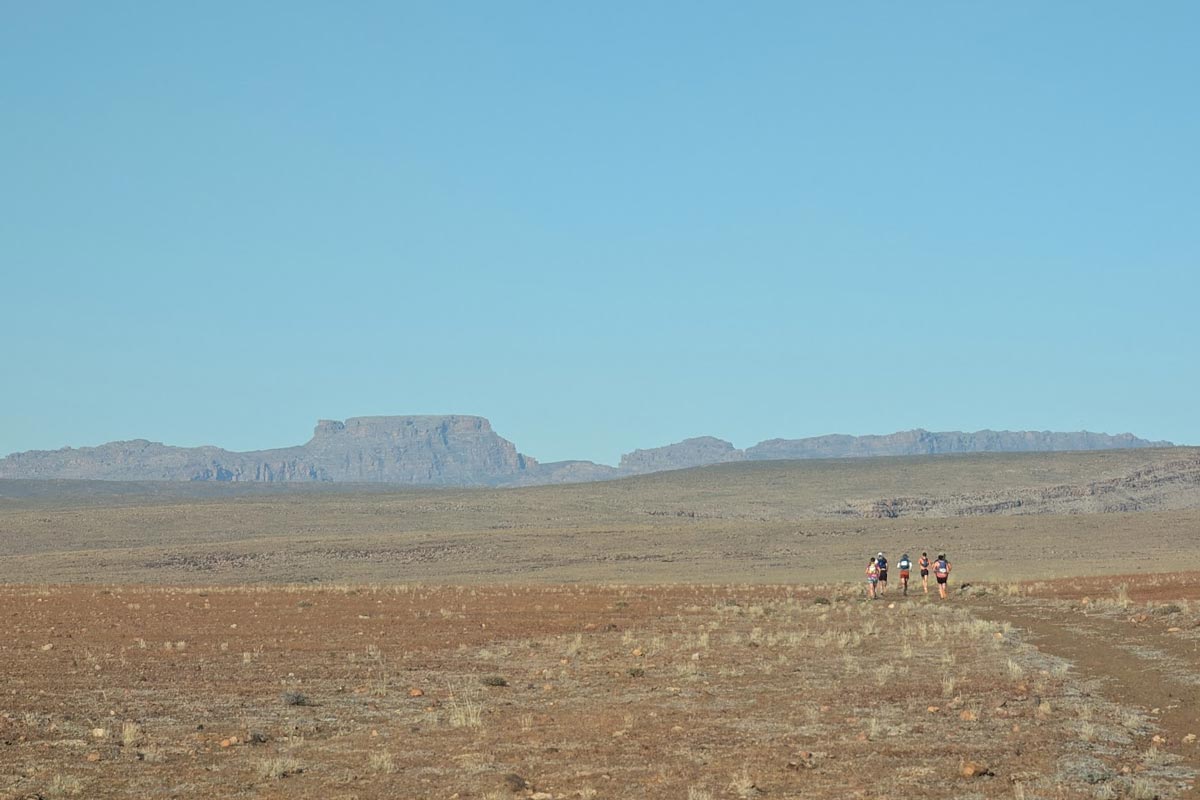Through its presence at major international conventions and its projects in sustainability, the UIAA aims to encourage all mountain stakeholders to engage in concrete measures to mitigate and adapt to climate change effects. Towards the close of 2021, the UIAA bolstered its commitment to countering climate change by setting up a Climate Change Taskforce. The Taskforce, whose role will continue to evolve, will lead the way in climate action, and offer members a platform to share and exchange best practices.
The UIAA is fully committed to the growth and sustainability of the sport by:
The UIAA:
- is a signatory to the “Sports for Climate Action Initiative” of the United Nations Framework Convention on Climate Change (UNFCCC), signed in January 2020; and
- is a signatory to The Glasgow Declaration on Climate Action in Tourism, signed in November 2021; and has pledged to the UNFCCC “Sports for Climate Action Initiative” to reach Net Zero by 2040 and reducing greenhouse gas emissions by 50 per cent by 2030.
The Climate Change Taskforce’s initial brief is to:
- conduct a review of the UIAA’s current carbon footprint including recommendations of defining the included elements and recommending steps to the Management Committee for reducing the footprint to meet the UIAA’s undertakings and reflect its own responsibilities.
- develop a resource of existing climate plans and environmental guidelines issued by UIAA member federations as foundation for the UIAA’s own use in development and for the information and use of UIAA members.
- develop a plan of UIAA participation and advocacy strategy in the world climate change dialogue to define when, where, who and how the UIAA will effectively advocate its positions on climate change, and;
- formulate ideas on how to motivate and assist all UIAA members and Commissions to develop action-oriented climate change and sustainability plans.
The mountain environment is home to some 800 million people representing around 12% of the world’s population. Mountains provide freshwater for billions of people across the planet in every continent. They are powerful and imperious. Yet at the same time incredibly and increasingly fragile. Global warming and climate change has made the weather unpredictable and is changing our landscape. It has a critical impact on the biodiversity of mountain regions, on the lives of mountain communities and ultimately on the future of the planet.
Owing to their altitude, slope and orientation to the sun, mountain ecosystems are easily disrupted by variations in climate. Many scientists believe that the changes occurring in mountain ecosystems provide an early glimpse of what could come to pass in lowland environments. The mountains therefore are dually the areas most at risk and those most capable of providing answers to the dangers posed by climate change.
Over the past hundred years, mountain glaciers have continued to melt at an alarming and unprecedented rate creating a devastating impact on the plants, animals and mountain people in their vicinity. The negative effects of climate change though stretch beyond the immediate mountain environment. The mountains are global ‘water towers’ supplying lower lying areas including vast urban regions and populations.
This continued and relentless melting of mountain areas will alter discharge and flow patterns and the availability of water at key times in locations across the world. Food security and biodiversity will be challenged to its fullest. The emptying of water supplies will create a vast humanitarian crisis and political problems.
Furthermore, continued climate change in the mountains – regressing glaciers, melting snow layers, the raising of the permafrost height, the intensification of the erosion processes, the resulting changes in ecosystems of high altitude, the structural failures and physical disintegration of rocks – are likely to increase the rate of natural hazards and disasters.
Resources
UIAA Carbon Footprint Reports
ANNUAL REPORTS
UIAA Climate Action Plan
FULL VERSION 1.5
UIAA Sustainability Charter
LONG & SHORT FORM
UIAA and the UNFCCC Sports for Climate Action Framework
COMMITMENT
The UIAA Aligns With Other Sector Leaders to Sign the Glasgow Declaration on Climate Action in Tourism
DECLARATION
UIAA and Climate Change Summit
REPORT & VIDEO
UIAA Statement on Climate Change
REPORT
UIAA Resolution on Climate Change at COP21
REPORT
UIAA Environmental Objectives and Guidelines
DECLARATION
UNDER REVISION
Carbon Emmission Calculation Tool
COMING SOON
IN PROGRESS
Seven Ways to Protect the Mountains
The UIAA Climate Change Taskforce also encourages all climbers to adopt the UIAA’s Seven Ways to Respect the Mountains.
1. Book Smart
2. Travel Wise
3. Support
Seek out and support sustainable businesses that are servicing the mountain tourism industry. Choose skiwear brands, hotels, adventure companies, travel services that are actively contributing towards sustainable development. Buy locally grown produce whilst at the resorts. Be knowledgeable of alternative energy solutions.
4. Be Respectful
Too often the tourist mentality is: ‘This is not my backyard, I don’t care’. This affects how tourists treat locals, culture and the environment. Be respectful of locals and their customs and considerate of other mountain users.
Be responsible – Educate yourself on local mountain conditions: research weather forecasts, consult local park services/ or guides, and be well prepared before going into the mountains.
If you plan to leave the ski area boundary, realise that an expensive search and rescue operation can be easily avoided with proper knowledge, guidance, weather forecasts and preparation. If inexperienced, go with a guide.
5. Leave No Trace
Mountain environments themselves are under threat with so many tourists each year. The visiting tourists come for a wide variety of reasons. They seek adrenaline, challenge, enjoyment, connection with other people and the beauty of nature, and more. Flora, fauna and wildlife also live in the mountains, and mountain communities, countries and cities downstream depend on glacial water for their livelihoods.
What you take with you to the mountains (rubbish, plastic), take away with you from the mountains.
Stay on the paths created by local authorities. These have been created and maintained to keep tourists safe, to protect local flora and fauna and avoid unnecessary conflict between wildlife and humans. Also consider this when going off-piste.
6. RRR & U
This is the 21st century. Let’s not ignore the global knowledge, understanding and technologies that are available.
• Reduce your impact
• Reuse items
• Recycle the waste you cannot reuse
• Upcycle what you can to reinvent waste into something of new value
7. Spread The Word
There are few people that visit the mountains that don’t love the mountains. Share your experiences with friends, family, colleagues and business partners.
Inspire, encourage and act as good role models for others so that they too respect the mountains, so that future generations can play, work and enjoy being in the mountains.
Share how this organisation is meeting the need towards a positive, thriving and sustainable mountain tourism industry.





